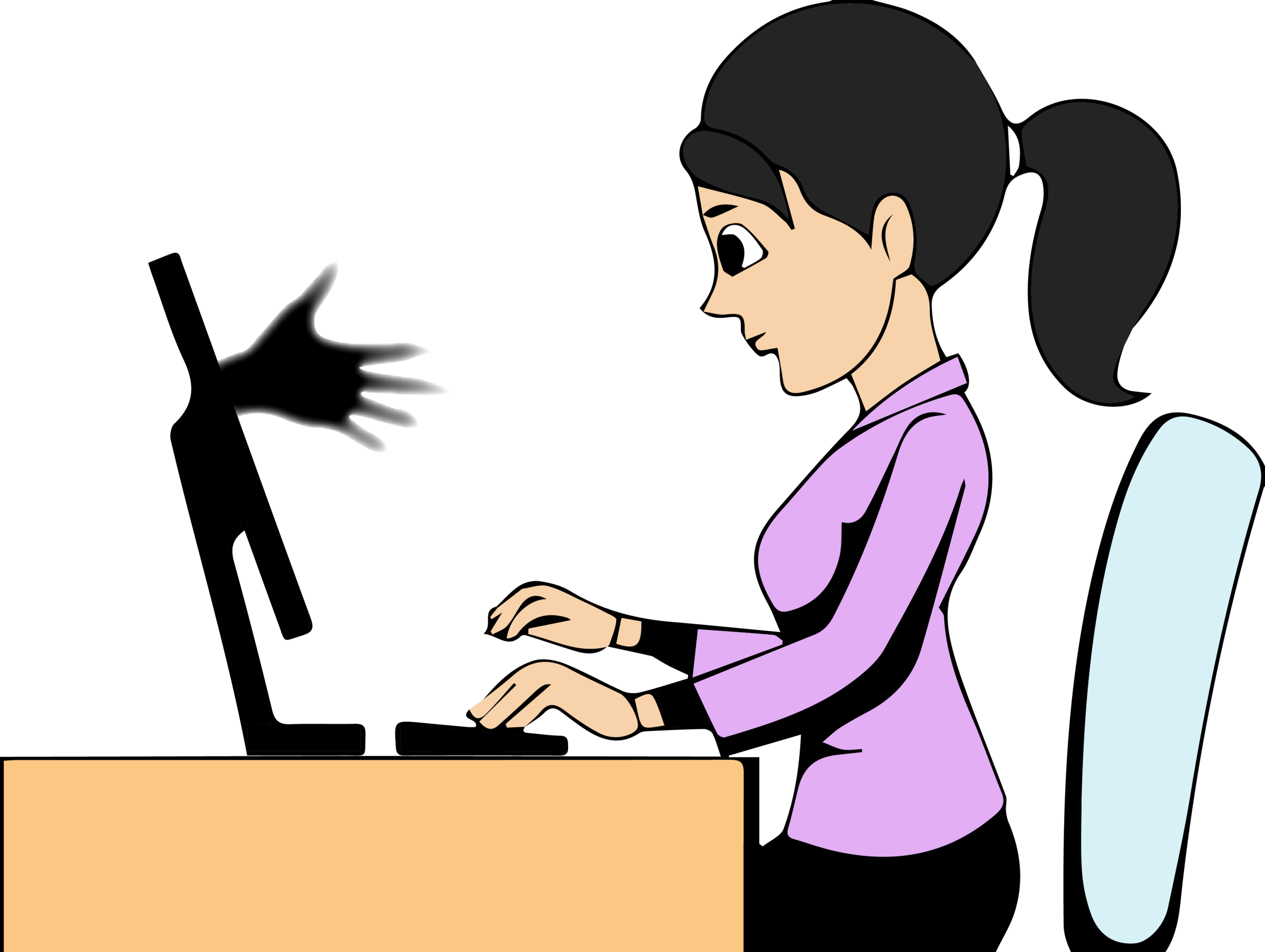Online Child Sexual Exploitation
• Production, possession, downloading and distribution of child sexual abuse/exploitation materials (CSA/EM) online
• Grooming for sexual purpose
• Live Online Sexual Abuse - streaming of child sexual exploitation
• Sexting (Sexual Texting)
• Sextortion (Sexual Extortion)
• Sexual abuse & exploitation in real time
Online Child Sexual Exploitation (OCSE) refers to crimes committed by offenders who are using Information Communications Technology (ICT) and/or the Internet to facilitate the sexual abuse of children.
Information and Communication Technologies (ICTs) have become an integral part of modern life, and play an important role in the educational and social development of children. However, they also leave children increasingly vulnerable to new and evolving forms of sexual exploitation.
OCSE manifests itself in many forms, which includes accessing, possessing, producing and/or distributing child sexual abuse materials (CSAM, also referred to as child pornography); grooming of children for sexual purposes; sextortion and live sexual abuse via webcam through live stream. Furthermore, OCSE is also implicated by the issue of sexting which is the production and distribution of sexual self-generated content by minors. As technology constantly develops, OCSE manifestations also evolve and new forms of sexual exploitation of children online emerge. What is important to remember, despite the ‘virtual’ nature of these acts, is that behind the screen are real children.
All forms and attempts of online sexual abuse and exploitation are illegal, especially so when involving children, and occurs when someone is manipulated by either a stranger or someone they know to take part in sexual activity. Young people are often persuaded or coerced into sharing information about their sexual experience, sending or receiving sexually explicit images and/or videos, or to perform sexual favors via a webcam or smartphone. It involves any type of sexual abuse that happens through digital technology and can extend into the real world, including but not limited to cyber grooming, blackmail, and sextortion.
In 2016, the Internet Watch Foundation identified over 57,000 URLs containing child sexual abuse materials. However, online sexual abuse is a hidden crime, where the vast majority of both victims and offenders remain unidentified. Young people often trust their abusers and communicate with them on multiple digital platforms, leading them to feel like there is no escape for the abuser and often blame themselves for the abuse. Victims often feel powerless, humiliated, and ashamed of their situation and try to hide it from others and try to resolve it on their own, only prolonging the vicious cycle of abuse. Any inappropriate activity should be reported to a safe outlet such as their parents, teachers or counsellors as soon as possible. It’s never OK for someone to make you uncomfortable.
Identifying and investigating offenders is difficult, as they are able to continually adapt technology to enable their sexual abuse and exploitation, and avoid detection. Since the Internet is not confined by territorial boundaries, most incidents of sexual exploitation of children online are multi-jurisdictional, with offences being committed across or within multiple countries all over the world. This makes the issue even more complex.
Response
An effective response must be an international, cross-sector one. No single government or organisation can tackle the problem alone – we need to work together. ECPAT runs a programme set up to combat the Online Child Sexual Exploitation, the main objectives of which are:
- The development and implementation of stronger legal frameworks
- Wider deployment of technical tools to reduce the availability of child sexual abuse material online
- Law enforcement support for capacity-building in relation to victim identification and victim care
- Public information and awareness-raising to support behavioural change
The OCSE programme works on these objectives through four main courses of action:
Conduct research to collect information related to the Online Child Sexual Exploitation. An example is the Global Review, which analyses national laws in different jurisdictions in light of international and/or regional standards.
Develop reliable data to support our core advocacy goals at the international (e.g. UN), regional (e.g. African Union, ASEAN) and national level, including the production of fact-sheets and papers.
Work with civil society organisations to increase awareness and understanding of the Online Child Sexual Exploitation and build skills for more efficient advocacy work at a national level.
Build partnerships with governments, law enforcement agencies, the technology and Internet industry, NGOs and United Nations agencies, to tackle the sexual exploitation of children online more effectively.
ECPAT is involved in global platforms and initiatives, such as the UK-led #WeProtect global multi-stakeholder response against online child abuse and exploitation; the Virtual Global Taskforce which is an international alliance of law enforcement agencies working together with the private sector to combat online sexual exploitation; and the Child Online Protection initiative established by the International Telecommunication Union.
References:
http://www.ecpat.org/issues-we-work-on/ending-sexual-exploitation-of-children-online/
NSPCC. “Online Abuse: Facts and Statistics.” NSPCC, www.nspcc.org.uk/preventing-abuse/child-abuse-and-neglect/online-abuse/facts-statistics/
“What Is Online Sexual Exploitation and Abuse?” Kids Help Phone, www.kidshelpphone.ca/article/what-online-sexual-exploitation-and-abuse-0

